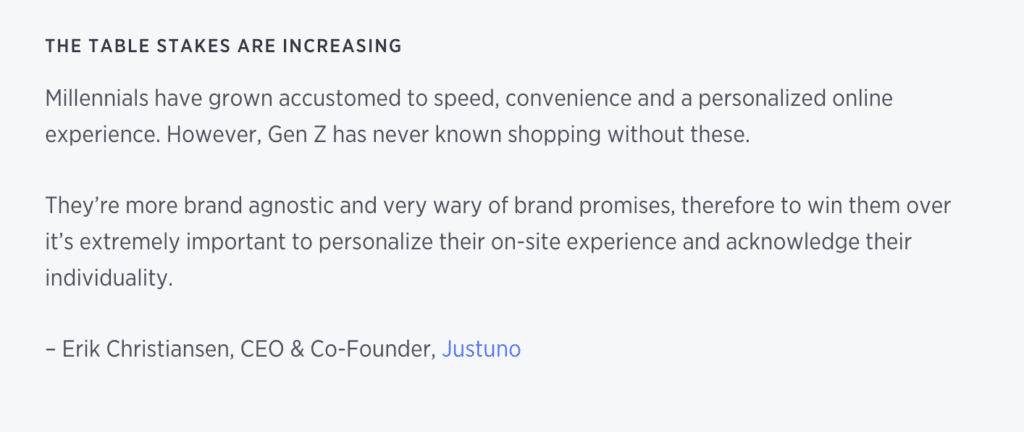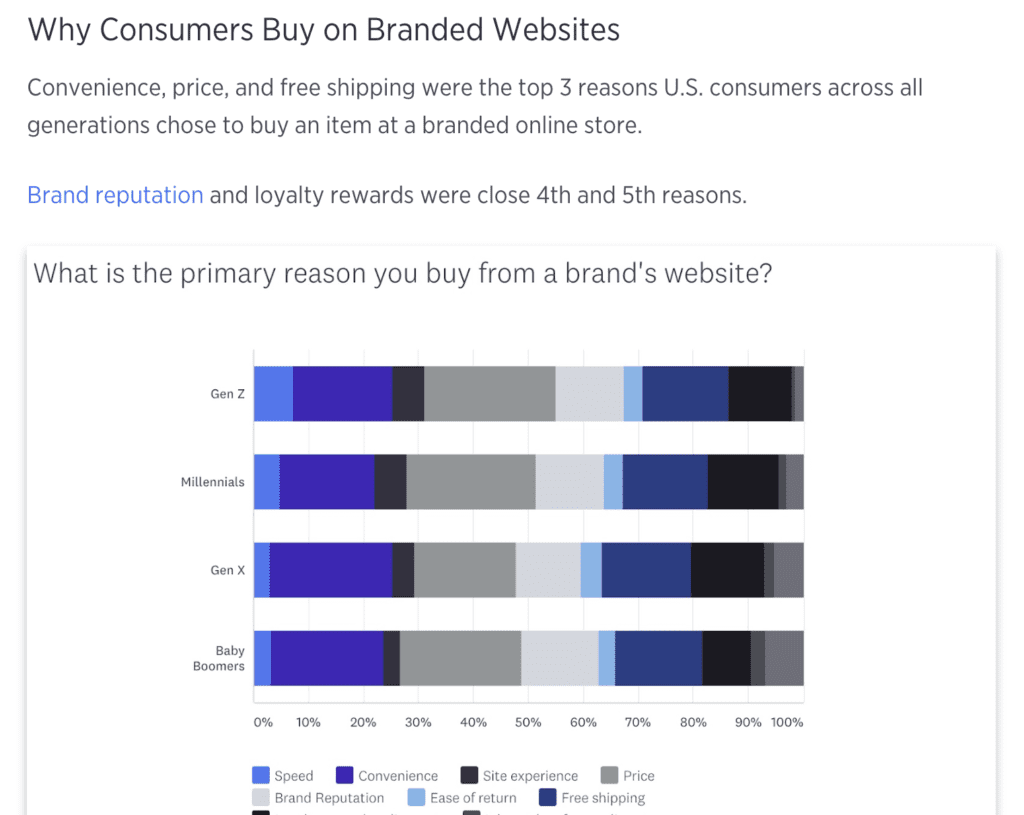The first greatest trick the devil ever pulled was chocolate-covered raisins.
The second trick was convincing every content marketer to write an “expert roundup”.
Creating a roundup post is easy. Creating a great roundup post is very hard. There are TONS of marketers and writers who will develop expert round up pieces for you, send some email, stitch together a post, invoice you, get some shares and call it a success.
Sometimes it works! I get that… But like Shuri said:
Just because something works doesn’t mean it cannot be improved.
I haven’t written tons of expert roundups but I’ve certainly been included in a lot over the last few years. And while I rarely give advice on things I haven’t done – I know what it feels like to be: (1) in a lazy round up or (2) come across a lazy roundup that had potential.
Here’s what I call the Round Up Hierarchy of Needs. These are the things that every great expert roundup needs to have if it really wants to stand out amongst the noise.
Round Ups Should Have Actual Experts
Would you go listen to a panel about global warming if it was filled with 4th grade students?
Okay. That might be cute so it’s a bad example… But you know what I mean.
You’d attend a panel because you want to hear from folks that are truly best-in class at a specific subject. It’s why we spend thousands to attend conferences. We want to learn from people who have real life experience and are actually experts at what they do.
So don’t fill your round ups with people just for the sake of quantity. Identify industry experts and reach out to them for their perspective based on the fact that you know they have experience tackling a problem or working in a specific role.
Round Ups Should Offer Insights Beyond Responses
Lazy round ups are easy to spot and are easy to ignore.
A lazy round up is when an author gets a bunch of responses to a question, copies those responses into a blog post, doesn’t actually read them, adds the respondents name to each point, ships off the post and let’s their audience know it’s live.
This is a lazy round up. It’s lazy when the respondents do all the work and all the author does is cut & paste. The best round ups are those where the respondents are featured in the article but the editor/author adds a bit of commentary around each point.
Round Ups Shouldn’t Have Duplicate Points
No one really likes sitting through a panel where every person just constantly agrees and repeats what the last person says but in a different way. Similarly, folks don’t want to read a round up where some of the points are made multiple times but with different names on them.
Combine them into one.
The best round ups take their readers time and attention seriously. Take snippets from similar responses and let them live under one header rather than separating them. Save the reader time and give them a better experience when reading your post.
Round Ups Should Have Claims Backed By Data
There’s enough misinformation going around these days for you to make the mistake and contribute to it. Take the time to fact check any claims that your respondents are making that seem a bit out there or against what you’d originally believe to be true.
You can reference data surrounding their response like the folks at BigCommerce did in this blog post about Omni-Channel consumer shopping. You can see they take thoughts from their respondents:
And supplement them with quality data & research:
That’s how it should be done.
Round Ups Should Be Summarized With Collective Data
The last thing that round ups should offer is collective data. If you’ve interviewed 40 experts on productivity — I’m certain that you’ll have some type of data related to your questions.
Did 50% of the experts say they start their day with coffee?
Did 70% say they use a calendar to be productive?
Did 93% say they’ve never reached inbox 0?
Whatever it is… You should try to use this round up to find a common trend, insight or connection amongst the experts that can be used as a data point. It’s likely that your sample size is small but it can give your audience and readers an angle to consider as they think about how they can use your round up to achieve the goal they sought out to achieve when they clicked on it in the first place.
When In Doubt: Add More Value
The next time you’re about to press publish on a round up but aren’t really feeling it — Stop.
Scroll through this hierarchy of needs and see if you’ve done all of the above. If you have and you’re still not sure that you have a piece that you’re proud to publish:
Don’t ship it.
Instead… Think about how you can add more value. It might mean going back to some of the respondents for more information. It might mean doing some research on your own. It might mean scrapping the round up entirely and taking a different angle.
Delivering value should be your priority. And if the value isn’t there — the post is better off staying in drafts until you can find a way to make it count.



